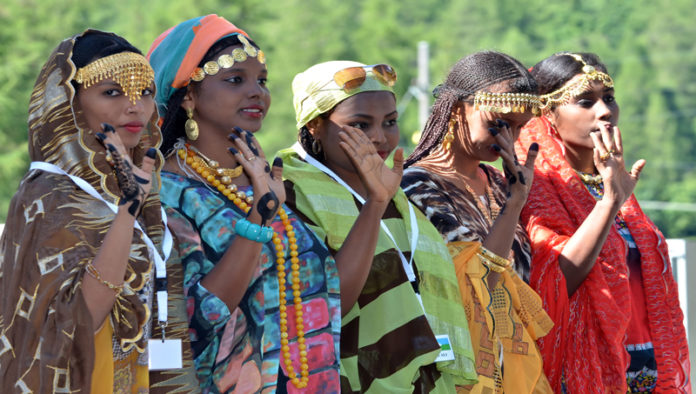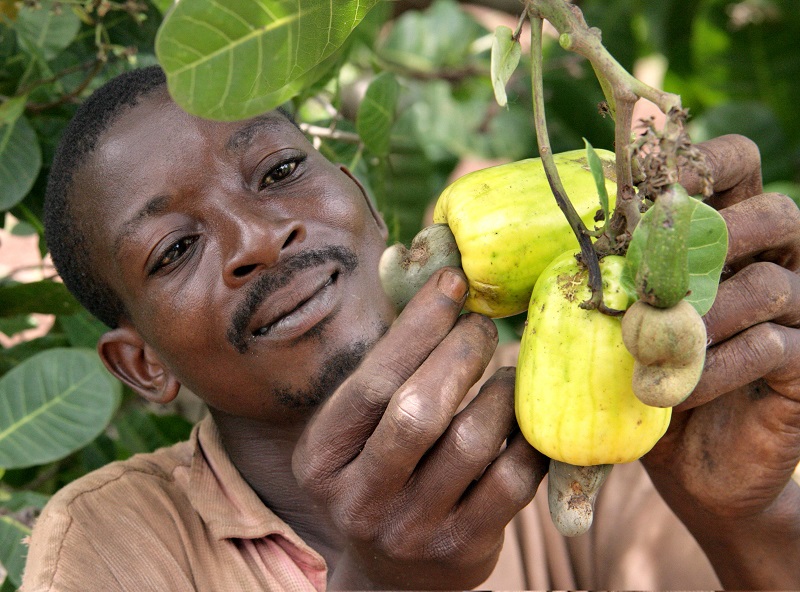
A rising international profile, visa reforms and infrastructure investment are set to help move Djibouti a step closer to achieving its target of 500,000 visitors by 2030.
On April 19 the European Council on Tourism and Trade (ECTT) named Djibouti City its ‘World Capital of Culture and Tourism for 2018’ in recognition of the country’s advances in developing its global brand.
Among the considerations taken into account by the council was Djibouti’s high concentration of potential UNESCO World Heritage sites, including the salt-water Lake Assal, which at 150 metres below sea level is the lowest point in Africa, and home to dormant volcanoes and black lava fields; the Day Forest National Park, host to a unique ecosystem; and the ancient cave paintings at Abourma.
Djibouti was also listed in tourism publisher Lonely Planet’s top-10 countries to visit in 2018, due in part to its abundant natural attractions, which include sandy beaches along the Gulf of Tadjourah and the Red Sea – home to some of the highest whale shark populations in the world – and underwater diving sites around the Seven Brothers Islands.
Sector strategy aims to increase visitor numbers and revenue
Greater visibility on the international stage comes amid efforts to raise the country’s profile as a niche tourism destination following the 2014 launch of Djibouti Vision 2035, the national blueprint for economic development.
The tourism component of the plan seeks to boost jobs in the sector and increase foreign exchange earnings in line with broader economic diversification efforts.
The government hopes to increase foreign arrivals from current levels of around 80,000 per year to 500,000 by 2030, along with expanding leisure tourists’ share of total arrivals to around 88 percent. This marks a significant departure from current trends, with business tourists accounting for 98 percent of visitors in 2016, according to the National Tourism Office of Djibouti.
Connectivity upgrades and visa reforms to support tourism flows
To capitalise on its touristic assets, the government is also working to address existing infrastructure and regulatory constraints.
One of the major obstacles relates to transport, as Djibouti City is home to only one international airport. With direct flights outside Africa limited to the UAE, Turkey and France, travel to the country remains costly and inconvenient for many.
As part of its ongoing multi-modal transport upgrade, the government plans to build two new international airports to improve access to tourism sites outside the capital, although with both projects still at the early construction phase, this is likely to prove a long-term solution to connectivity constraints.
The first, Hassan Gouled Aptidon International Airport, will be located at Shebelleh, 25 km south-west of the capital. It has been designed to handle 1.5m passengers annually.
The second, Ahmed Dini Ahmed International Airport, will be located on the Seven Brothers Islands archipelago, near the beaches and diving hotspots of the Red Sea. It will have an initial capacity of 350,000 passengers per year, rising to 767,000 in the future.
While construction of the airports was officially launched in 2015-16, with the government partnering with China Civil Engineering Construction Corporation for the financing and construction of both projects, a timeline for completion has yet to be announced, and in late 2017 international media reported that the projects were being re-tendered. However, no further details have been given.
In the meantime, Djibouti is making it easier for visitors to enter the country by gradually simplifying visa requirements. Entry papers are issued to citizens of many African, Asian and European countries either upon arrival or via the e-visa system introduced in February 2018.
The changes have had a positive effect: Djibouti was recently ranked second among African countries by the European Journal of Tourism and Trade in terms of ease of tourism entry and visa facilities.
Hotel infrastructure investment needed to support tourism growth
In order to handle the expected increase in arrivals and develop tourism outside of the capital, efforts are being made to attract more investment in the hotel industry.
While the introduction of a standardised and transparent tax incentive policy was cited by the World Bank as a key factor behind the rise in hotel bookings from 5,715 in 2003 to 15,995 in 2013, overall investment remains low, with activity almost entirely focused on Djibouti City, the centre for business tourism.
As a result, demand for accommodation is high: occupancy rates averaged 82.6 percent in 2015, up from 78.6 percent in 2014.
However, there are signs that the high occupancy rates are beginning to attract more interest from investors. Construction is under way on a third branded hotel in the country – the 220-key Ayla Djibouti Resort, developed by the UAE’s Ayla Hotels and Resorts. Originally scheduled to begin operations in mid-2017, as of May 2018 no opening date had been announced.
The country is also looking to attract investment in a proposed luxury hotel development on the Ras Siyyan Peninsula on the Red Sea coast, which is designed to cater to tourists flying into the planned Ahmed Dini Ahmed International Airport.


























